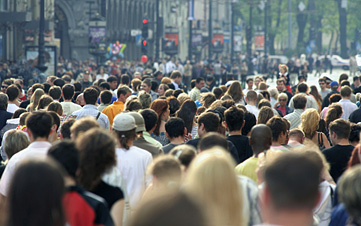
On the horizon: huge, teeming metropolises with more than 20 million people within their city limits.
They will be the most densely packed megacities ever. By 2025, there will be eight such places and possibly more. Today there are none. Even more cities will grow to over 10 million -- seven in China alone. In 15 years or so, nearly 40 cities will top the 10-million mark, up from 23 now. By the mid-2020s, cities will be home to more than 70% of the global population (up from 50% now) as more people desperate for work and a better lifestyle flock in, leaving behind poorer rural areas and small towns.
Check out the world's eight most populous cities by 2025, plus a few that have an outside shot at reaching 20 million -- including one that may surprise you.
Sources: McKinsey Global Institute, Siemens Green City Index,
United Nations World Distribution Prospects (2011 revision)
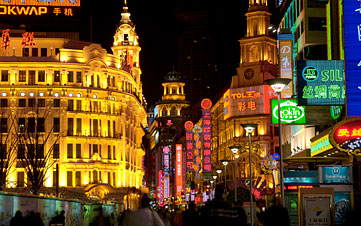
1. Mumbai, India
Population today: 19 million; 33% under age 15;
6% over 65
Population by 2025: 29 million
Population density today: 70,013 per square mile
Population density by 2025: 106,862 per square mile
The financial capital of India, Mumbai is a lock to become the world's most populous city by 2025. Its rapidly growing middle class spells more people owning cars, creating gridlock on roads not built for heavy traffic. Ahead of the migratory explosion, the city is converting two key east-west arteries into six-lane highways and providing for more public transportation. Also on tap: energy efficient water pumps to reduce carbon emissions, and badly needed sanitation facilities in the city's vast poorer sections.
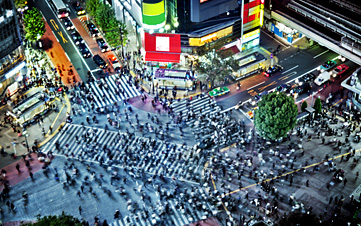
2. Shanghai, China
Population today: 17 million; 17% under age 15;
9% over 65
Population by 2025: 27 million
Population density today: 7,817 per square mile
Population density by 2025: 13,335 per square mile
China's most cosmopolitan city is already a commercial and financial center teeming with nightlife, restaurants and other lifestyle amenities. But like most big and growing cities, it's plagued by poor air quality. Shanghai is curbing coal use by building a series of offshore wind farms, including the recently completed Donghai Bridge Wind Farm, to generate electricity. It has also doubled green space in the city since 2000 and is working on adding a high-speed-rail system connecting nearby smaller urban hubs such as Nanjing to limit traffic congestion.
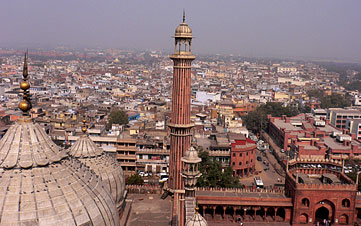
3. Tokyo, Japan
Population today: 14 million; 13% under age 15;
23% over 65
Population by 2025: 25 million
Population density today: 15,343 per square mile
Population density by 2025: 27,398 per square mile
Already home to more than 10% of Japan's population, the seat of the Japanese government will see 79% growth by 2025. Its prowess as a global financial hub will bring in more foreigners from other parts of Asia and elsewhere, while a strong manufacturing sector, which boasts one-third of the island nation's automobile, electronics and chemical manufacturing companies, is sure to keep adding jobs.
A push to go green has the city requiring big landlords to reduce energy consumption and giving tax benefits to businesses that invest in renewable energy, as well as to individuals buying hybrid vehicles or participating in car sharing programs. By 2020, the city wants to reduce traffic-related greenhouse gas emissions by 40%.
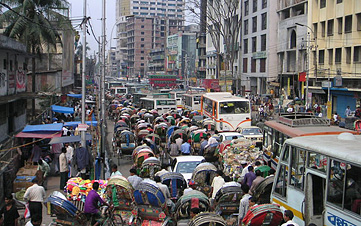
4. Delhi, India
Population today: 16 million; 33% under age 15;
6% over 65
Population by 2025: 23 million
Population density now: 30,271 per square mile
Population density by 2025: 43,515 per square mile
India's second-largest city, which encompasses the capital of New Delhi, must overcome the challenge of providing its growing population with access to clean water. A dam on the Yamuna River, scheduled to be completed in 2016, should help, as will a partnership between Delhi's public schools and the Australia-based SkyJuice Foundation. The goal is to bring clean water to schoolkids, thanks to the installation of SkyHydrant technology from Siemens Corp.
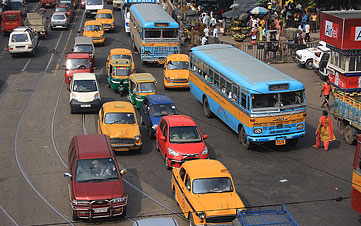
5. Dhaka, Bangladesh
Population today: 14 million; 31% under age 15;
5% over 65
Population by 2025: 22 million
Population density: 59,415 per square mile
Population density by 2025: 93,366 per square mile
The capital of Bangladesh is exploding in population and, as a result, struggling mightily with air pollution from open fires and manufacturing. Working with the World Bank, the country's Ministry of Environment and Forests will help the city's brick making industry, a mainstay of its economy, develop cleaner technology. Housing issues are also a concern; Canadian architects are working on an eco-dwelling that can house up to 10,000 people. To be completed on the city's outskirts in 2015, the building will feature solar panels and rainwater cisterns as part of its design.
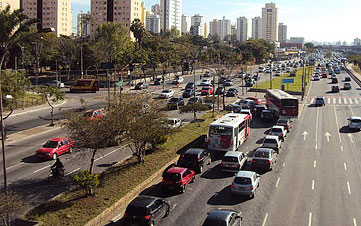
6. Kolkata, India
Population today: 17 million; 33% under age 15;
6% over 65
Population by 2025: 22.1 million
Population density today: 21,805 per square mile
Population density by 2025: 28,347 per square mile
The eastern Indian city formerly called Calcutta has long been known for its dense population. With globalization, it is also a rapidly growing infotech and manufacturing hub. Kolkata has one of the most extensive public transportation systems among cities of its size, with both a subway and bus system. City planners hope to overcome severe transportation challenges with new multitiered highway grids, carpooling, more buses and an expansion of the subway system.
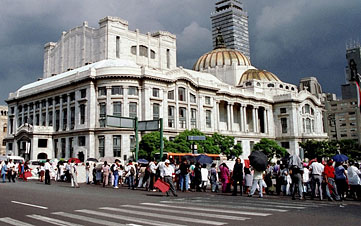
7. São Paulo, Brazil
Population today: 19 million; 25% under age 15;
6.7% over 65
Population by 2025: 21.8 million
Population density: 18,872 per square mile
Population density by 2025: 21,653 per square mile
São Paulo generates about 12% of Brazil's GDP as the country's financial headquarters and center for multinational corporations operating in South America. Several initiatives are in the works. They include improving standards of living in poor parts of town by, among other things, upgrading housing and infrastructure in the 81 city slums most prone to flooding. A wastewater treatment system, to be completed in 2015, is expected to increase the city's water capacity by 40%.
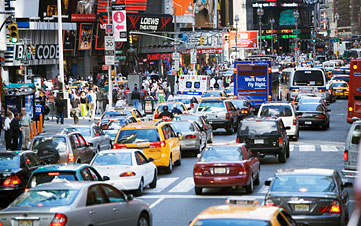
8. Mexico City, Mexico
Population today: 19 million; 29% under age 15;
6.6% over 65
Population by 2025: 21.7 million
Population density: 15,361 per square mile
Population density by 2025: 17,544 per square mile
Waste and air pollution problems rank high on the list of woes facing Mexico's teeming capital, and they're bound to grow as more people arrive from the hinterlands in search of manufacturing and service jobs. To reduce waste, the city has recently introduced incentives for businesses that use biodegradable packaging and last year banned distribution of free plastic shopping bags at retail locations. City officials hope to reduce smog by expanding access to public transit, including requiring children to take public transportation to school, and a bike sharing program.
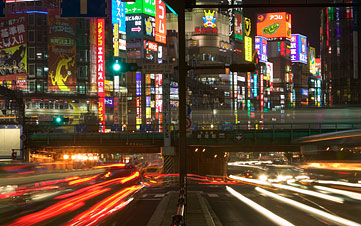
New York, New York?
Population today: 11 million; 13% under age 15;
13.1% over 65
Population by 2025: 18-20 million
Population density: 27,012 per square mile
Population density by 2025: 46,657 per square mile
New York, long the largest city in the United States, is seeing fast growth in its outer boroughs, with international firms setting up shop and creating jobs. Some futurists see mega population growth; others aren't so sure. Along with Tokyo and other low-lying cities, New York is eyeing a seawall to protect dense populations in case waters rise from polar ice melting.
There are other candidates to reach the 20-million mark by 2025. Among them: Karachi, Pakistan, and Lagos, Nigeria. Karachi is Pakistan's largest city -- a key port and the financial center of the country. Lagos is Nigeria's wealthiest city and one of the fastest-growing municipalities in Africa.

Profit and prosper with the best of Kiplinger's advice on investing, taxes, retirement, personal finance and much more. Delivered daily. Enter your email in the box and click Sign Me Up.
-
 How to Safely Open an Online Savings Account
How to Safely Open an Online Savings AccountOnline banks offer generous APYs that most brick-and-mortar banks can't match. If you want to make the switch to online but have been hesitant, I'll show you how to do it safely.
-
 7 Ways to Age Gracefully Like the Best Stock Photo Seniors
7 Ways to Age Gracefully Like the Best Stock Photo SeniorsAs a retirement editor, I've gleaned valuable wisdom (and a lot of laughs) from one older couple that tops the seniors' stock photo charts.
-
 My First $1 Million: Banking Executive, 48, Southeast U.S.
My First $1 Million: Banking Executive, 48, Southeast U.S.Ever wonder how someone who's made a million dollars or more did it? Kiplinger's My First $1 Million series uncovers the answers.
-
 32 Ways to Make Money in 2025
32 Ways to Make Money in 2025business Check out these cool side hustles to earn bonus bucks this year.
-
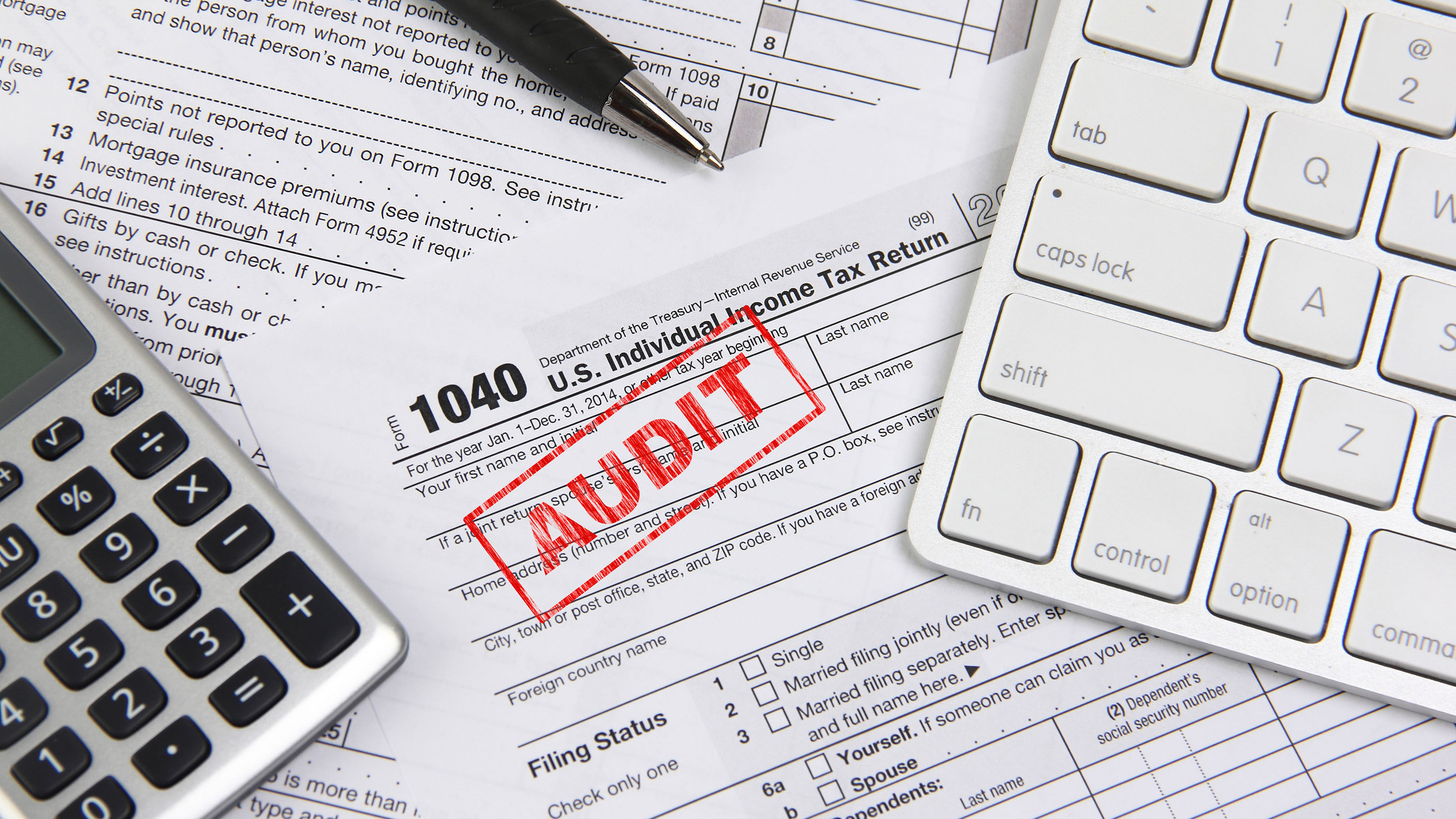 12 IRS Audit Red Flags for the Self-Employed
12 IRS Audit Red Flags for the Self-Employedtaxes If you are self-employed, minimize the odds of an IRS audit by avoiding these audit triggers.
-
 Business Cost Outlooks for 2022: Eight Key Sectors
Business Cost Outlooks for 2022: Eight Key SectorsEconomic Forecasts What’s in store for all sorts of business costs in 2022?
-
 PPP Loan Basics for Small Business Owners
PPP Loan Basics for Small Business OwnersCoronavirus and Your Money Although uncertainty and confusion have surrounded the Paycheck Protection Program since its launch, that shouldn't stop small business owners from participating in the loan program, which was just extended to May 31.
-
 "Above-the-Line" Deductions for Your 2021 Tax Return
"Above-the-Line" Deductions for Your 2021 Tax ReturnTax Breaks If, like most people, you claim the standard deduction instead of itemized deductions on your return, there are still many other tax deductions available that could save you a lot of money.
-
 The Biden Tax Plan: How the Build Back Better Act Could Affect Your Tax Bill
The Biden Tax Plan: How the Build Back Better Act Could Affect Your Tax BillPolitics Depending on your income, the Build Back Better Act recently passed by the House could boost or cut your future tax bills.
-
 9 Tips for Better Time Management in Retirement
9 Tips for Better Time Management in Retirementretirement These important time management techniques will help destress your life as you get busier -- yes, busier -- in your golden years.
-
 7 Ways PPP Loans Just Got Better
7 Ways PPP Loans Just Got Bettersmall business loans The Paycheck Protection Program Flexibility Act makes a number of changes to the popular small-business loan program. See how your business might benefit from the improvements.
